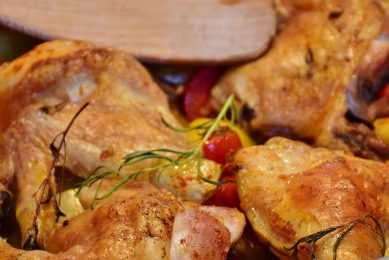Indigenous chicken production in Kenya: I. Current status
The majority of the Kenyan population resides in the rural areas and is characterised by low income and food insecurity leading to high levels of poverty. Poultry production and in particular indigenous chicken (IC) production play a significant role in the economic and social life of these resource-poor households, contributing to cheap source of animal proteins and cash income.
Indigenous chickens are present whenever there are human settlements and their economic strength lies in their low cost of production which is a characteristic of the resource-poor rural households. They are highly adapted to the harsh scarvenging conditions, poor nutrition and disease and/or parasite challenges.
Their low productivity has hindered their exploitation. This paper highlights the current IC production circumstances with a view to identifying the major challenges which need to be addressed in order to improve the IC productivity and thereby improve the livelihood of the rural households who are the custodian of these genetic resources.
It is concluded that the IC in Kenya posses high genetic diversity and are popular among the consumers. There is potential to improve IC productivity in Kenya and therefore individual and national efforts are required that takes into account the whole IC production value chain.
Purchase report options:
- Purchase this report from Cambridge Journals
- Subscribe to WPSA journal (already a WPSA member)
- Become a WPSA member (word file) (pdf file)













